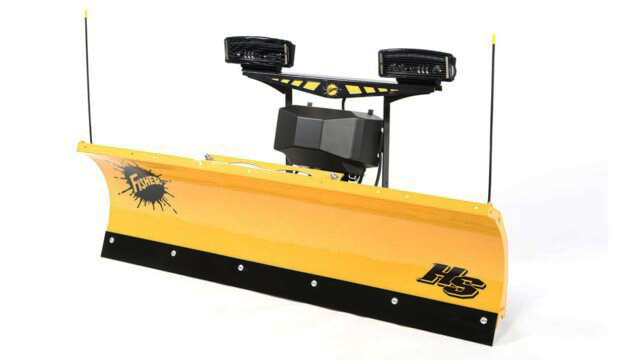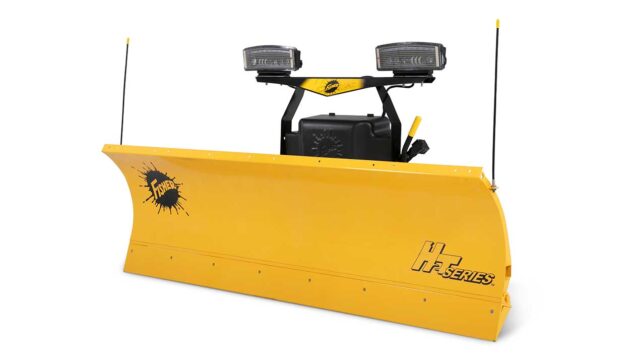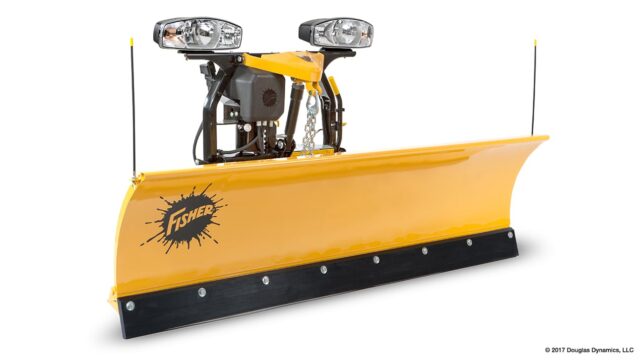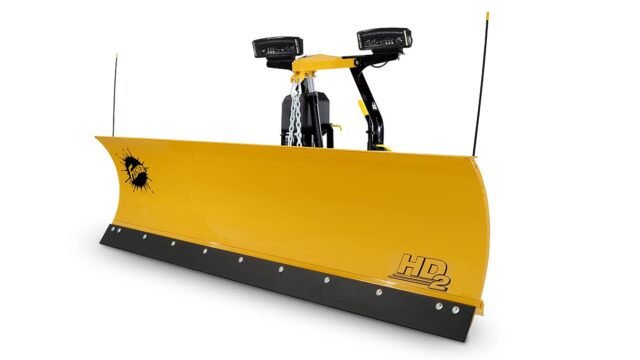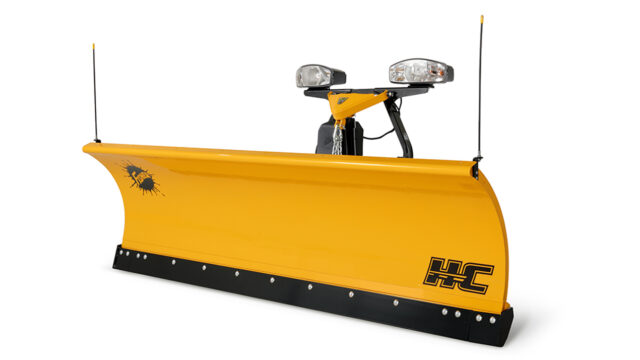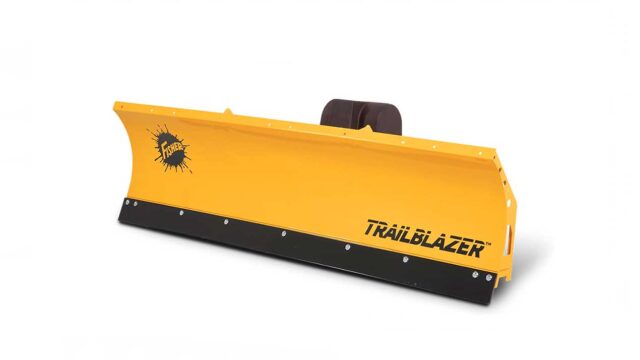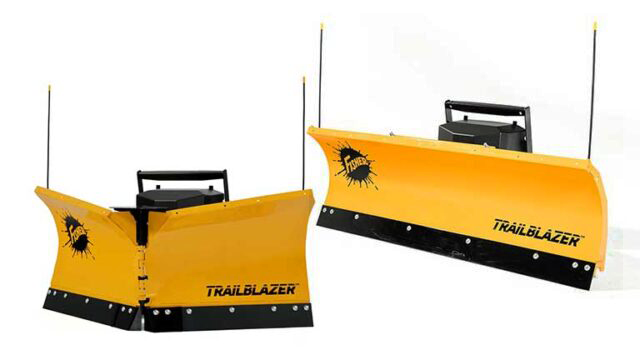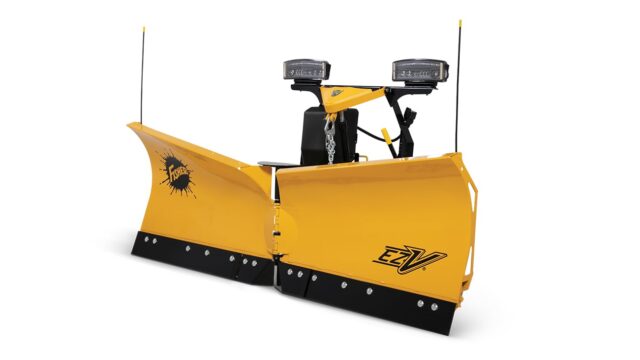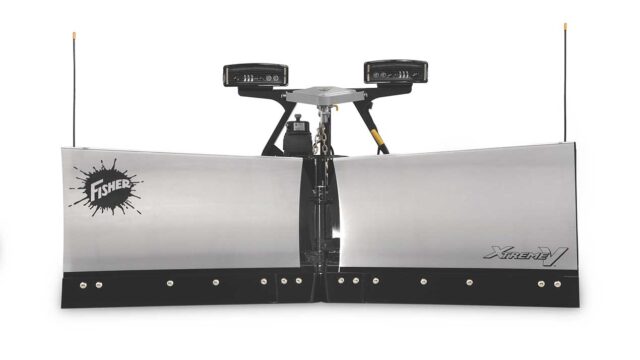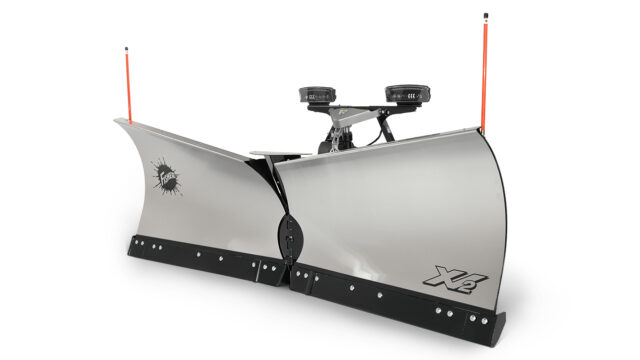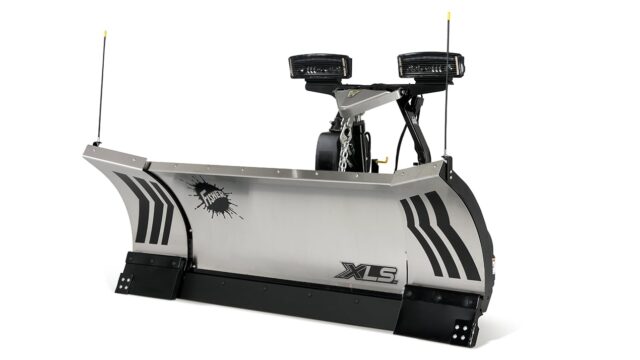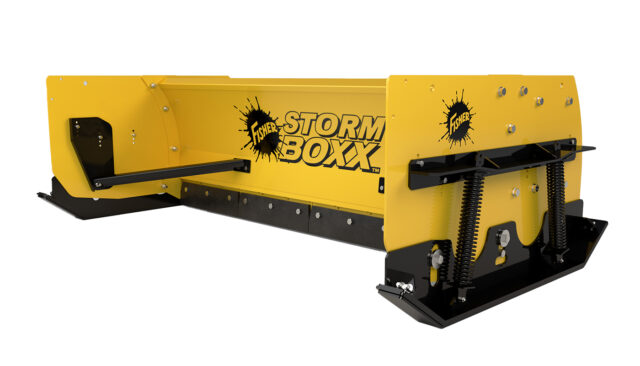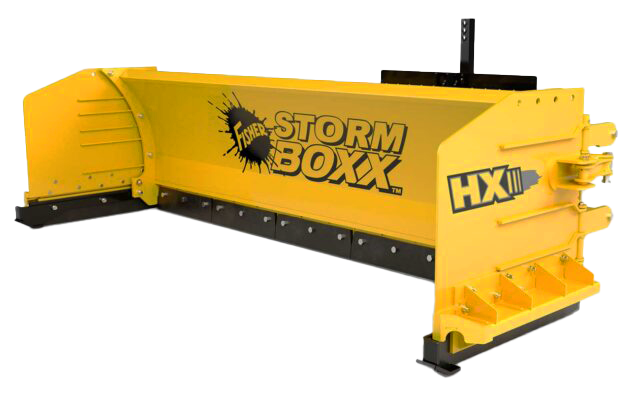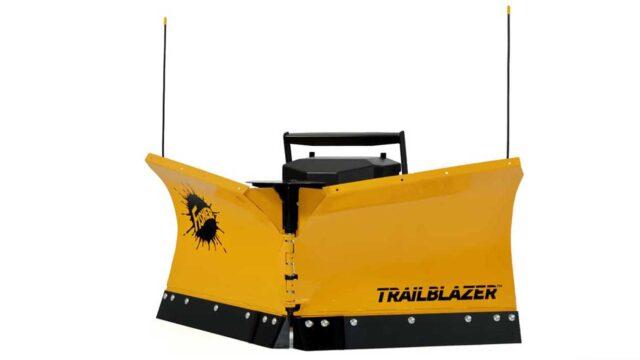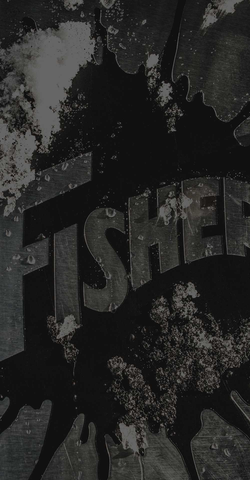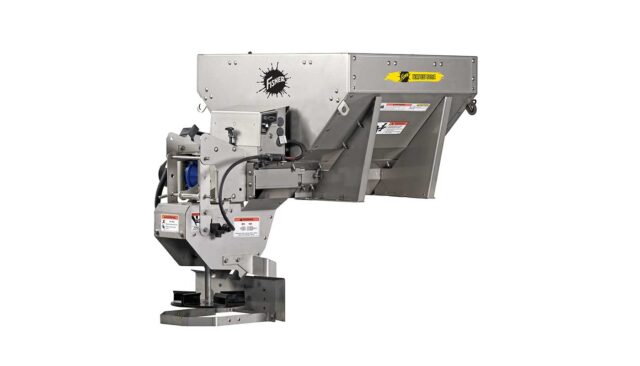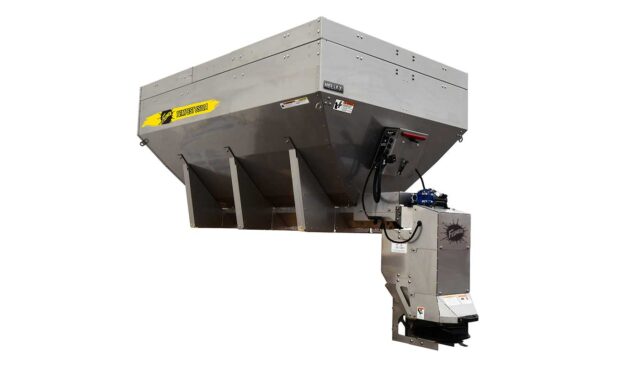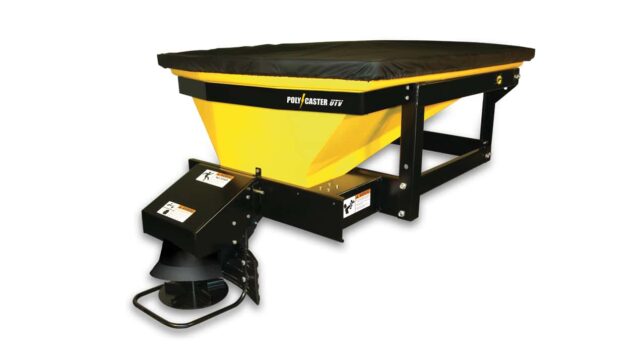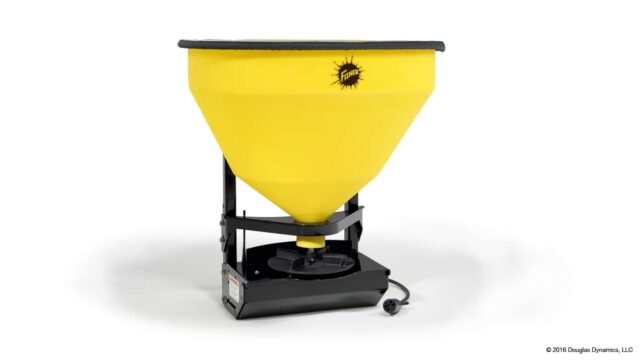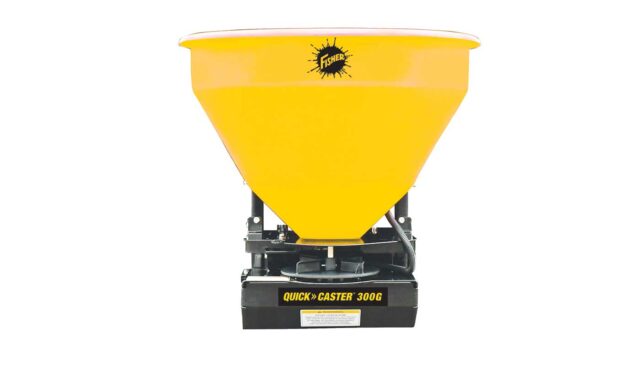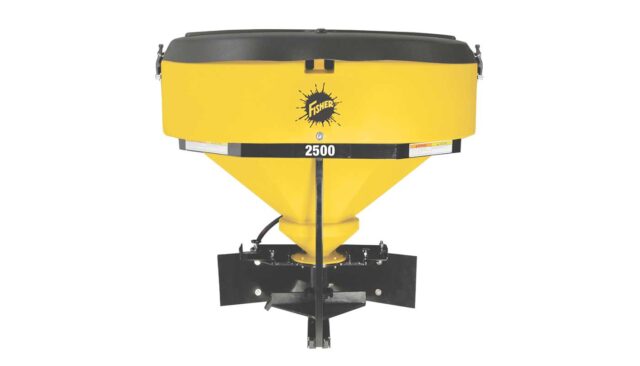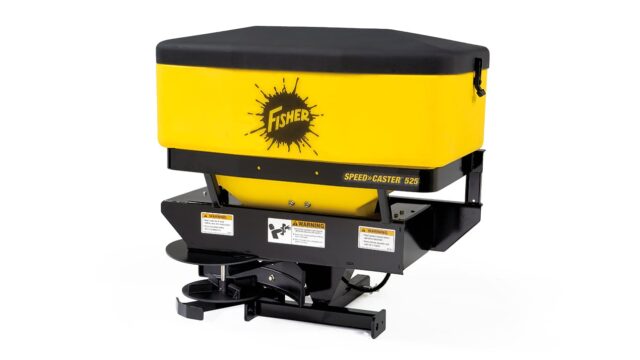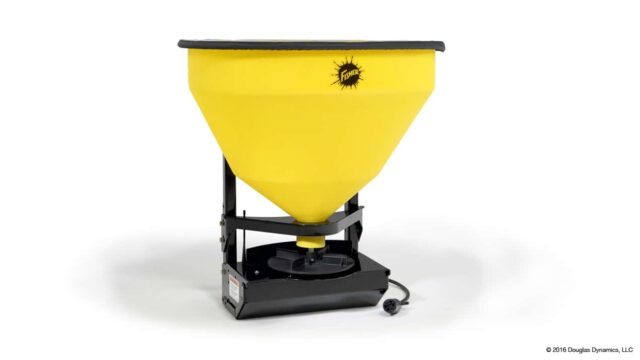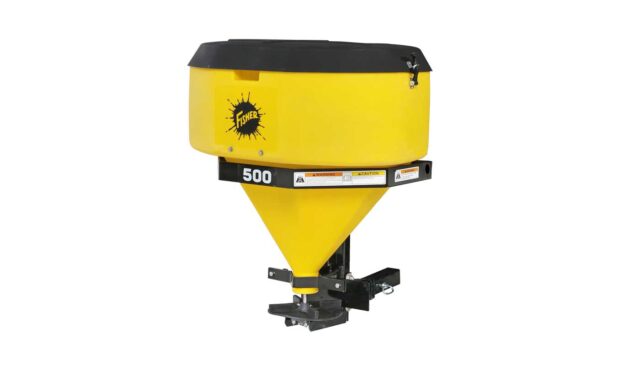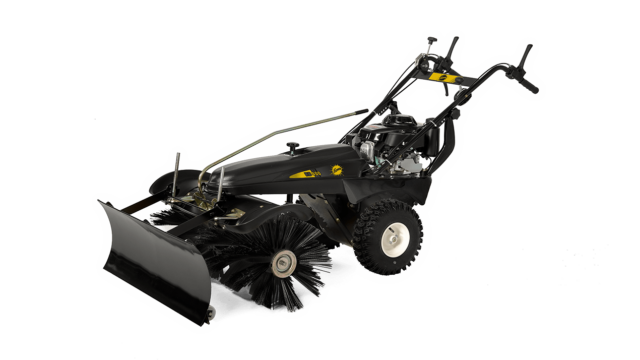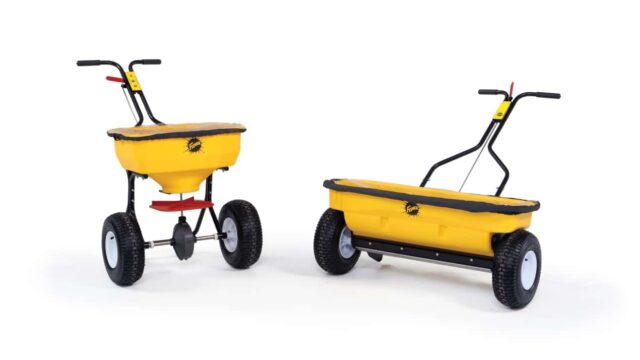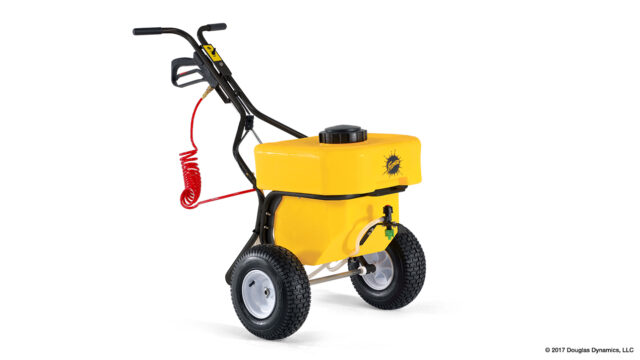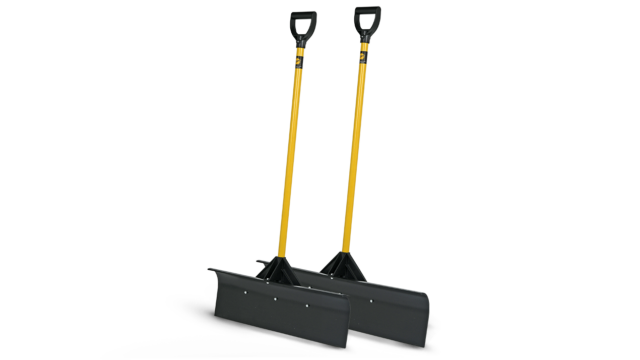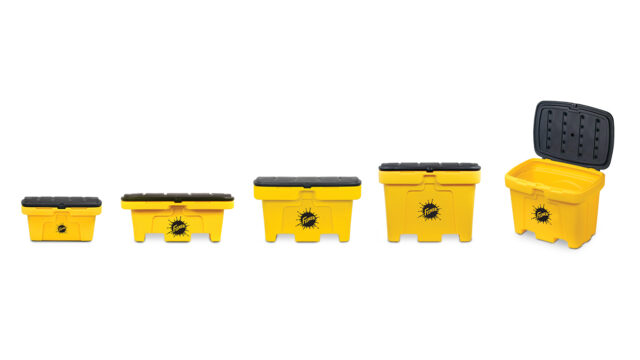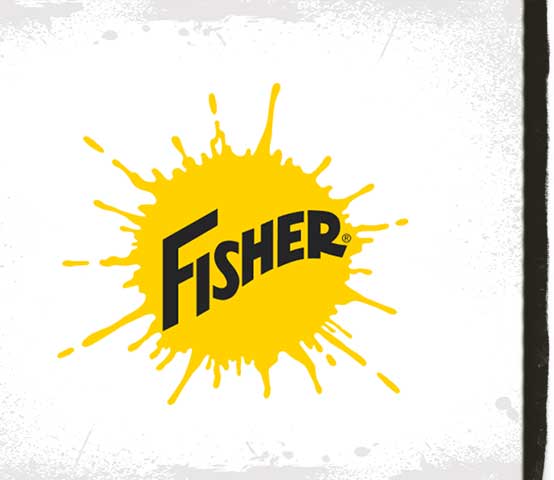Business Logistics & Maintenance for Skid-Steer Plows
Created April 8, 2021
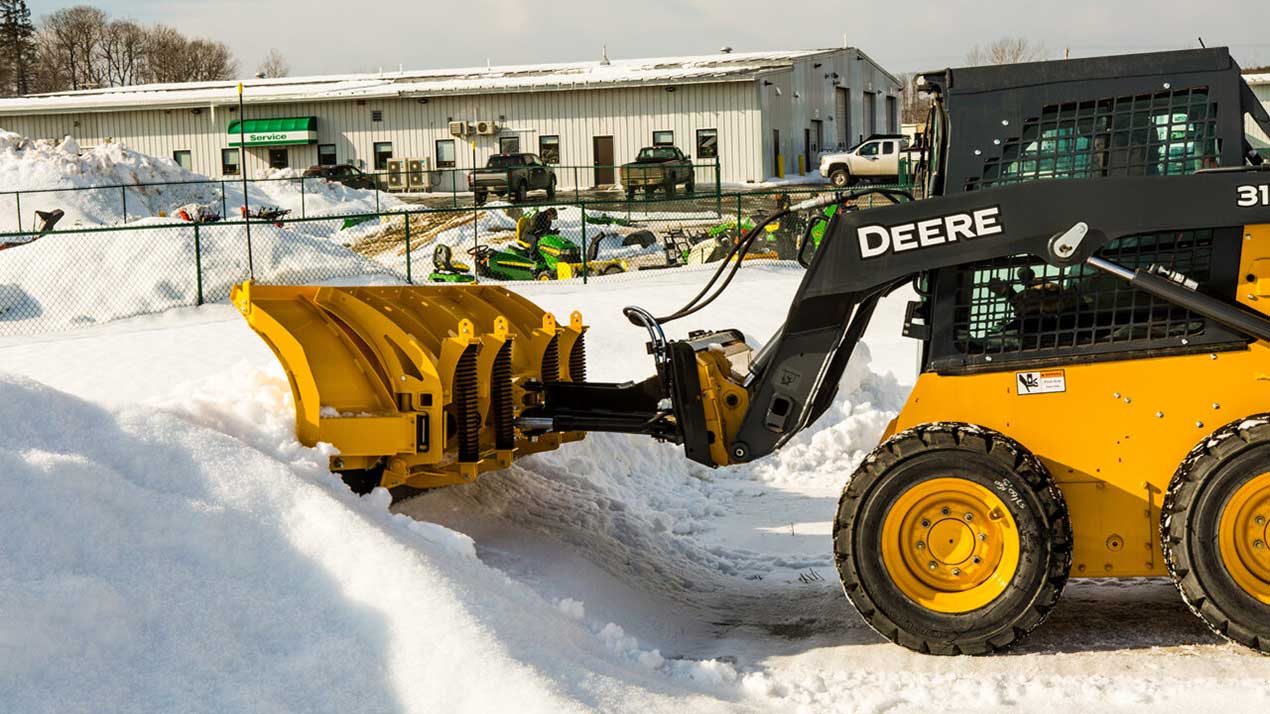
Skid-steers aren’t just versatile in design and performance, they can also adapt to various business needs. If you think a skid-steer will help with your snow removal contracts, here’s a few business logistics to consider while keeping profitability and efficiency in mind.
How to Decide Between Buying a Skid-Steer Vs. Renting/Leasing One
It’s no secret that owning a skid-steer is an investment. Depending on the type and size of your business, renting can be a suitable option if needed for part-time use. Companies using a skid-steer all year long may determine there are more benefits and financial gains to owning the equipment. Keep in mind that you’ll also need a trailer to transport your skid-steer if using it on multiple job sites.
Advantages to Buying:
- It will always be available when you need it and configured to your needs. You can ensure that the unit is equipped with high-flow hydraulics, heat, enclosed cab, etc.
- A permanent addition to your snow and ice fleet can really open the doors to new business opportunities that may not have been achievable before.
- The productivity and capabilities you gain all winter long ensure you no longer need to turn down work due to inadequate capacity or lack of versatility.
- Rental costs can add up quickly, especially when factoring in insurance.
- Financing is typically available with consistent monthly payments. Used equipment can also be a viable option that greatly reduces the overall cost although full payment is expected up front.
Benefits to Renting:
- Up-front costs, like down payments, are eliminated. You are only responsible for the rental fee.
- It can be delivered straight to your job site, which is extremely convenient if you don’t own a capable trailer and are planning to keep it on one property throughout the season.
- Equipment breakdowns and maintenance are at at a minimum since the rental company takes care of the equipment long term. If you do run into a breakdown, they usually provide you a replacement. If you own, your company would have to pay for the parts and labor to fix it, plus experience the downtime.
- Easily take on a new client that requires specialty equipment not currently in your fleet.
- After a long winter with heavy storms that leave your properties buried, a skid-steer is useful for a short period of time to stack the snow higher than your typical plow truck can achieve. You can even use it to load and transport the snow offsite if needed.
- Equipment rentals allow you to expand or shrink your winter service fleets based on annual contracts.
- You don’t have to worry about off-season storage because you’ll return the equipment at the end of the rental contract, which can be short-term or long-term.
Rent to Own:
Still not sure if you should rent or buy? Then leasing might be right for you. At the end of the leasing term, you can weigh the business pros and cons and decide if you’re ready to acquire the equipment and grow your business long term. During the lease, you can even rent other attachments and see how easy it is to turn your skid-steer into a multi-purpose machine.
When to Trailer Your Skid-Steer Vs. Storing It Onsite
It’s common to see skid-steer plows stored at strip malls, grocery stores, and large commercial lots that need frequent upkeep during the winter. Maintaining safety for customers and reducing liability risk is crucial for these types of properties.
Hauling Equipment With a Trailer: Although you may need to race back and forth between accounts, it’s great to be able to take care of multiple properties with the same machine. It’s also under your supervision at all times rather than leaving it somewhere and worrying about accidental damage while you’re away.
Storing Equipment Onsite: This is the most common approach due to the time-consuming nature of loading and uploading equipment. If you can afford to dedicate a winter setup to one facility, then it can reduce a lot of headache and inefficiencies. Employees can drive to the site and keep the machine working in shifts. Make sure there’s a place to plug in your equipment, especially in cold temperatures, but keep jumper cables on hand just in case.
Maintaining Your Skid-Steer Plow & Spreader Throughout the Season
The longevity of your equipment is based on the completion of routine maintenance. Making time to inspect your skid-steer before and after each job ensures efficiency, increases productivity, and extends the life of your skid-steer. Whether you purchase a skid-steer or rent one, both require seasonal and daily maintenance per manufacturer guidelines.
- Check your equipment over top to bottom. Look at all moving parts, track tension, tire pressure, attachments, hoses and fittings, and measure all fluids to ensure it meets quality standards.
- Use FISHER® FREEZE GUARD™GREASE on bearings, hinges, and pivot bolts to protect moving components in frigid conditions. Grease bushings and pins to reduce wear on pivot points.
- Use engine oil made for low temperatures and change out filters at recommended intervals.
- Change the timing belt to prevent bent push rods and monitor the drive belt, replace before deep grooves form or it starts to crack.
- Let your skid-steer warm up before you start plowing so the coolant and hydraulic oil reaches the appropriate temperatures.
- Try not to let it sit idle for too long in the cold weather and if possible, store it in a well-protected area when it’s not in use.
Tip: Add anti-gel additive in the fuel after each plow, before shutting the equipment down to reduce condensation in the tank.
Don’t forget to catch up on the benefits and techniques of skid-steer plowing:
Put Your Skid-Steer to Work this Winter With a Straight Blade or Winged Plow
Go big with snow removal and get the equipment that’s going to get the job done all season long. The award-winning STORM BOXX™pusher plows with TRACE edge technology move massive amounts of snow, so you can get more jobs done faster and better.
